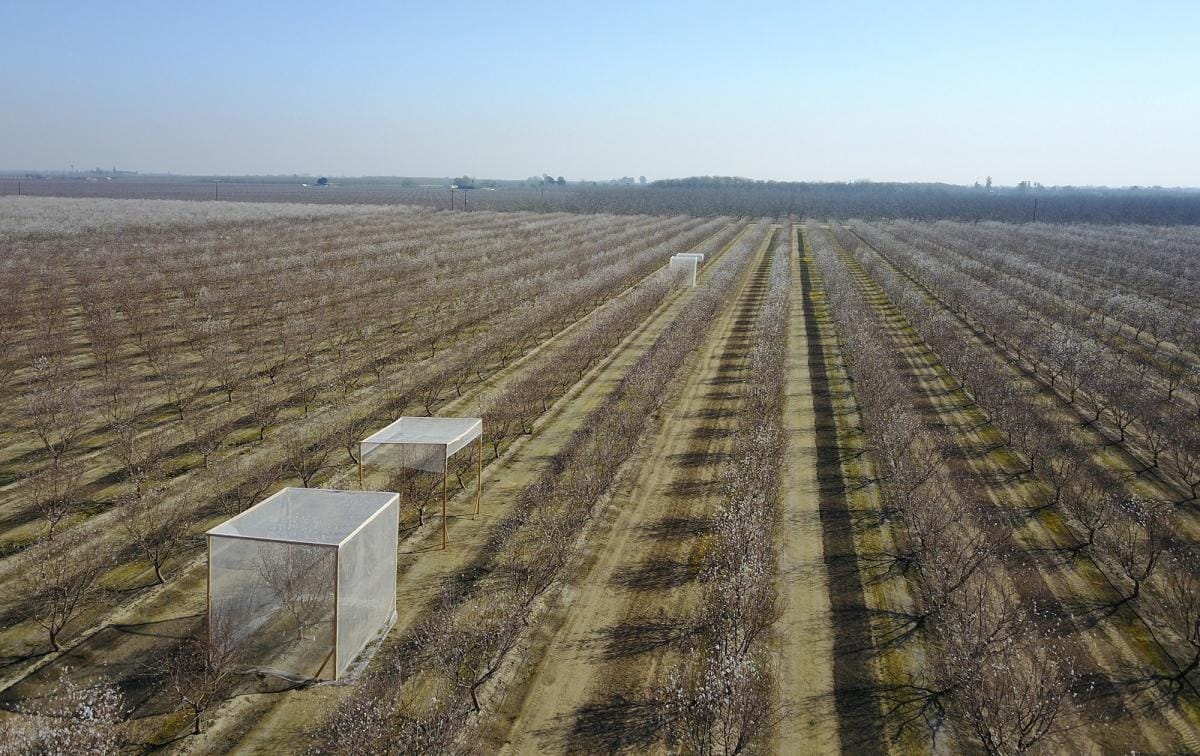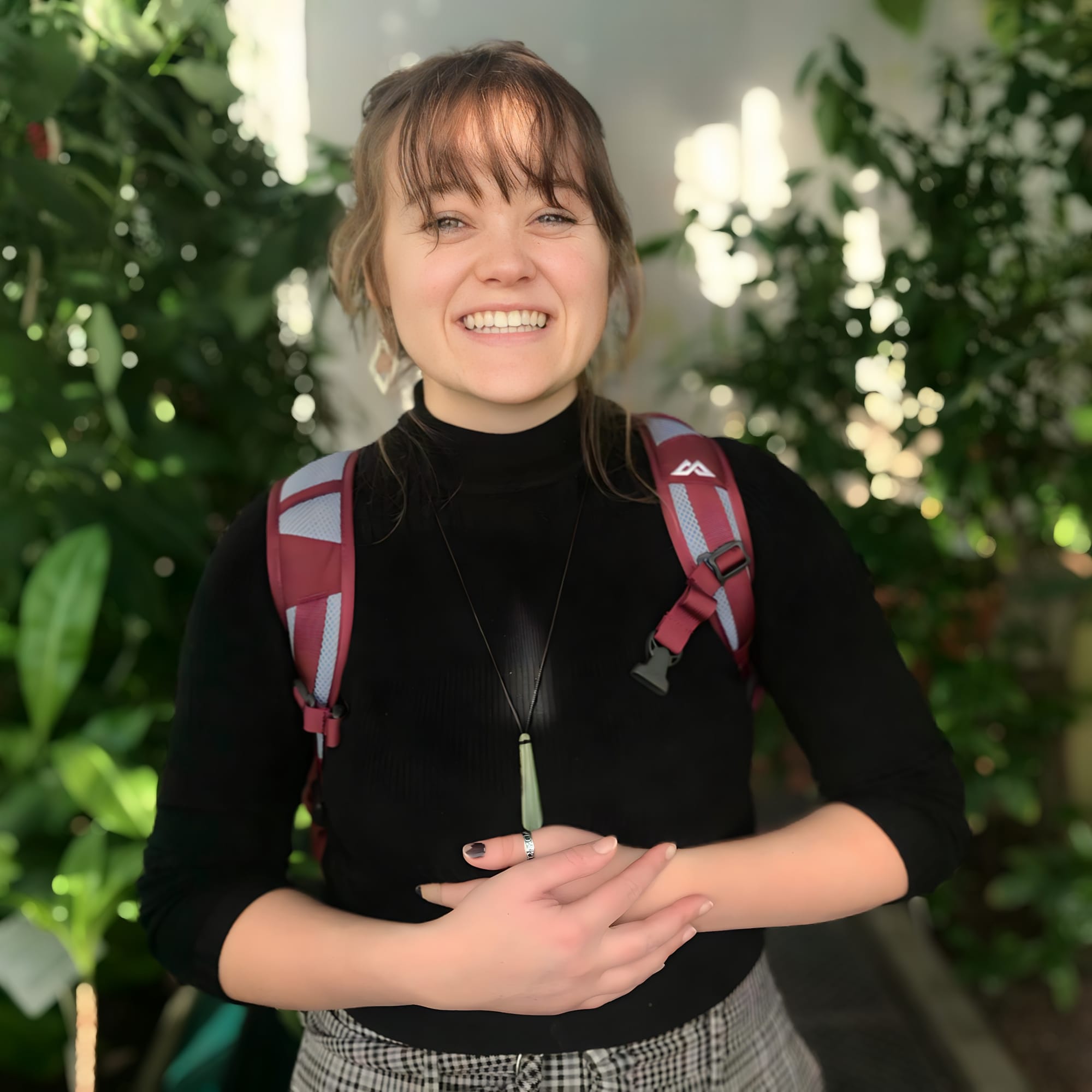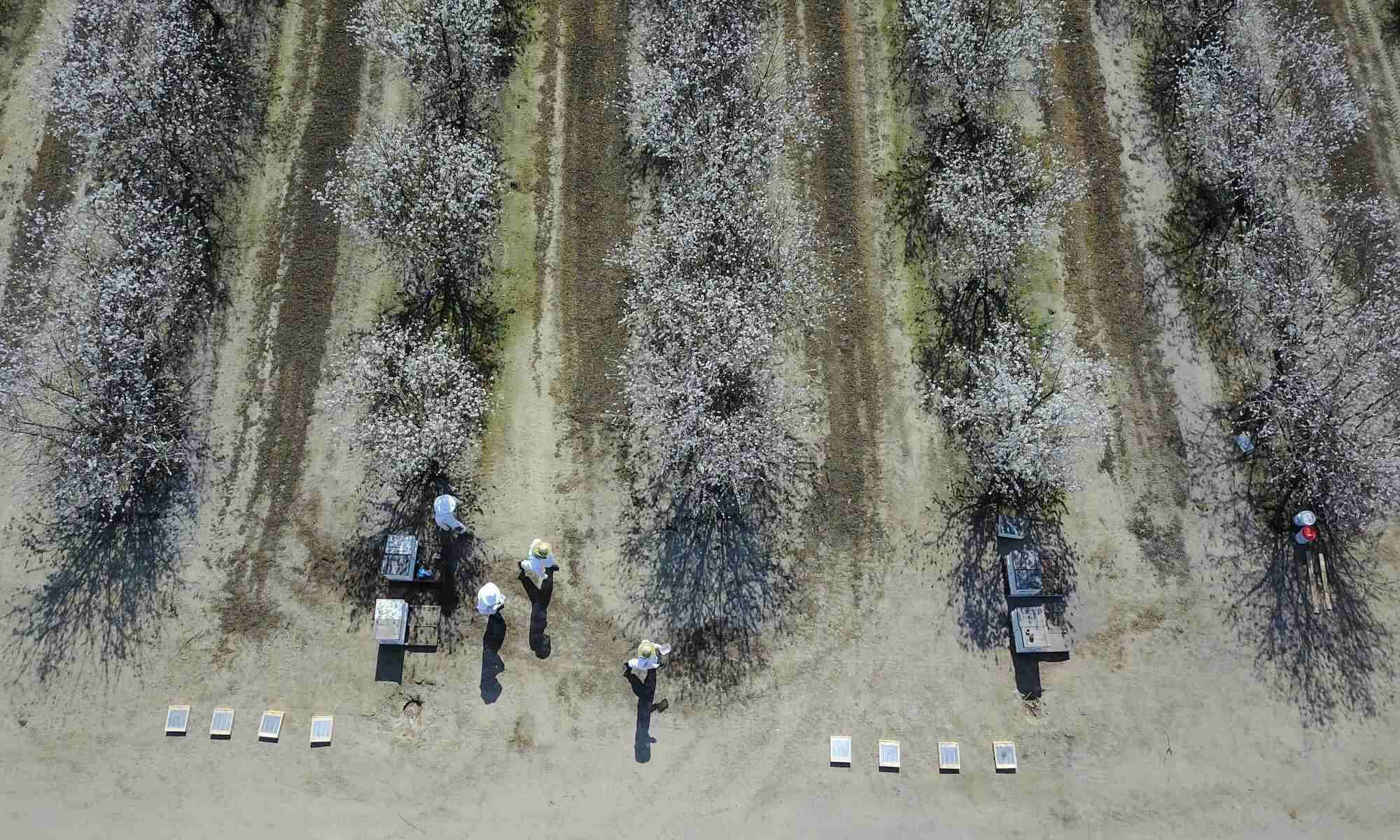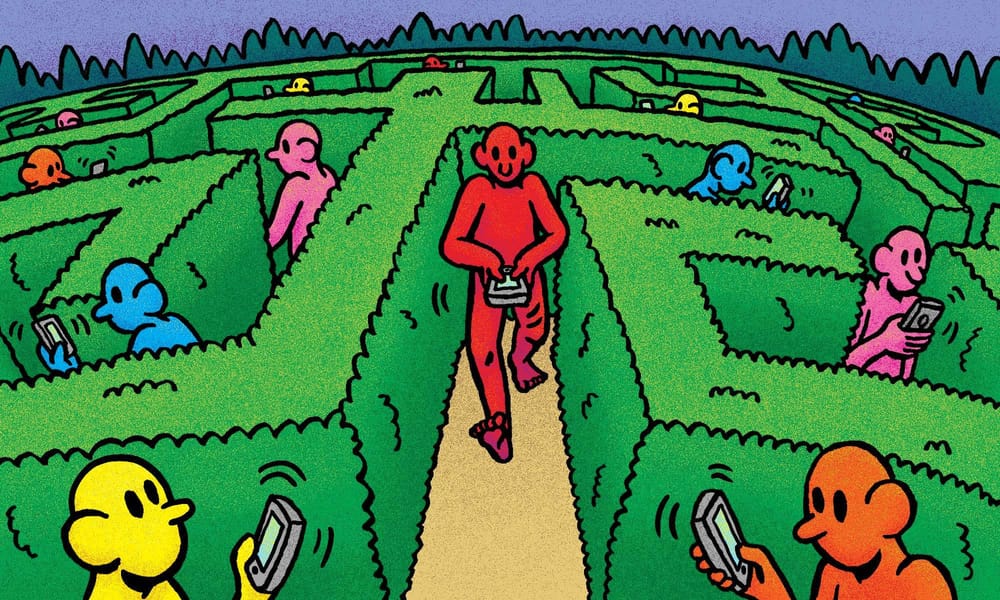Modern problems require modern solutions. The new frontier of solution-based innovation lies in the field of biotechnology. Bioinnovators: The Humans At The Forefront Of Biotech is a series of interviews with the organisations and entrepreneurs at the forefront of changing the world through biotechnology. With each interview, we hope to shine the light on conscious innovators and trailblazers across the globe who are using the natural world, combined with modern technological innovations, to find new solutions to the world’s most pressing problems.
Beeflow is an Argentina-based startup on a mission to save the bees and enhance farmers’ productivity at the same time. Through the application of scientific knowledge and biotechnology, the company strives to boost crop yields and improve the quality of produce. They achieve this by working in harmony with the environment and looking to nature’s highly evolved processes for inspiration. We spoke with Angelita De la Luz, PhD, the Director of Applied Research and Operations at Beeflow who manages pollination operations in the United States, about the inspiration behind Beeflow, the work the company does and the importance of bees for the planet’s health and our own.
We are interviewing you for our theme Biotech For Change, so how do you personally understand the term ‘biotechnology’?
Biotechnology to me is a call back to nature. Specifically, looking to nature to find the inspiration and tools to help solve the challenges of today. By paying attention to, and then leveraging natural processes like pollination, honed over millions of years of evolution, we can make meaningful changes to the systems we depend on. In the case of pollination, this means benefits to the agricultural system such as the ability to grow more food and producing less waste with fewer inputs to the soil like fertilisers or chemical sprays.
What is Beeflow, and what was the inspiration behind its creation?
Beeflow is a startup out of Argentina that provides professional pollination services to farmers. In the past few years, we have expanded beyond Argentina and into the United States, Mexico and Peru. We are made up of scientists with backgrounds in agronomy, ecology and bee biology, beekeepers and a business team. We provide a holistic approach to agricultural pollination which means we not only bring bees to farmers, we also monitor pollination in the field throughout the bloom and measure the effect of pollination on fruit quality and yields.
Our main focus is to shine a light on a process that has not received a lot of attention in agriculture where research and technology are often focused on chemical sprays, irrigation and genetic breeding. However, for many crops, those other factors don’t matter much without the contribution of pollinators.
We are inspired by the thousands of bee species found around the world, working each day to keep it ticking. It’s not just our food or the flowers in our gardens that depend on pollination but the world as a whole. A majority of plant species around the world also rely on pollination to reproduce. Plants that make up our wildlands and habitats also feed animals that live there. The connection between pollination and life on Earth is profound.

Why are bees important?
Bees play an extremely important role in our survival and the health of the planet. Now, speaking just in terms of human survival: 70 percent of the foods that we eat depend on pollination: avocados, blueberries, cherries, apples and onion, to name a few.
Beyond human survival, bees help keep natural systems healthy as well. Bees are the key to reproduction for a majority of naturally occurring plants. Flowers entice bees to visit through a complex set of floral displays and odours that advertise the nectar and pollen they hold; bees need these resources in order to grow and survive. While bees collect resources from a flower, they also passively move pollen between male and female flowers. This is important because plants are locked in place and cannot move that pollen around on their own. Many plant species would not persist without an insect, like a bee, to do this work for them.
What impact does Beeflow hope to have short-term and long-term?
In the short term, we hope to continue to educate farmers about the importance of pollination and how it can be used as a tool in crop production. We are also always learning about new crops and how we can improve pollination in those systems. Things like training the bees to pollinate a specific crop or encouraging farmers to plant habitat that supports the presence of native pollinators in their fields.
In the long term, we hope to make significant changes to how food is produced globally. We envision a future where sustainable agricultural practices develop to more closely reflect processes found in nature. Of course, change takes time, but I have many reasons to hope that we can reach this goal.

I read that you want to change how pollination is approached rather than simply providing ‘off-the-shelf’ solutions. Why is this, and what would it look like?
We want to change how agricultural pollination is approached overall rather than simply providing ‘off-the-shelf’ solutions. Every crop and every farm is different based on their size, agronomic practices and surrounding environment. The dynamic nature of the system is why off-the-shelf solutions won’t work and why we take a more holistic approach to pollination.
In fact, we can think of the current pollination system as an off-the-shelf solution because today, the process is more or less the same across regions and cropping systems. When bloom is about to start, a farmer calls the local beekeeper who then places beehives at the farm. Later when the bloom has ended, the beekeeper removes those hives and takes them to a new location. There are two important things to think about here:
- Neither the farmer nor the beekeeper knows whether the honeybees are visiting the crop or if they are going elsewhere, like to neighbouring farms or adjacent natural habitats where they potentially compete with the native pollinators. This is important because honey bees can and do fly up to two miles from the hive in search of food. If they find something they prefer to the crop, they will go there instead. This matters in a crop with a short bloom time, like apples which only bloom for a couple of weeks, and so every bee-hour counts toward the farmers' final yields and fruit quality.
- Traditionally, beekeepers are primarily focused on honey production as opposed to crop pollination and do not assess pollination in the crop as part of their relationships with farmers.
The tools to measure pollination have been developed by ecologists and pollination biologists and can be used to understand in-crop pollination as well. One of the most important things to realise here is that it is what happens on the plants, at the flower, that is the most important thing because this is where pollination occurs. This is why when we bring bees to a farm, we think carefully about where to place hives relative to the surrounding environment, and then we monitor where the bees go throughout the bloom. We also keep track of how many bees are on the intended crop. If we find that our bees move off of the target crop, we train them to stay using our technologies, which work by making the smell of target crop flowers especially enticing for the honeybees.
I understand you are using a ‘nutrient liquid’ to enhance the bees’ performance. Can you please explain what this is and how it affects the bees?
We feed our bees with a mix of plant-based molecules that we developed together with bee biologists to help boost the bees' overall health and to instil cold tolerance. This is to ensure we have the maximum number of worker bees available for pollination. With extra cold tolerance, we also increase the available pollination window, or bee-hours, as our bees can start working both earlier in the season and earlier each day. Bees generally won’t start working until the outside temperature reaches about 55°F so increasing their cold tolerance (in our case we have seen bees start at 47°F!) becomes especially important in cooler growing regions like the Pacific Northwest, a major blueberry producing region.
I am very interested in how you influence the bees to prioritise certain crops. Could you go into detail about this? What made you pursue this approach and how did you go about realising it?
We can influence bees to prioritise certain crops which is part of work we are doing through a collaboration with Dr Walter Farina from the University of Buenos Aires in Argentina. Dr Farina has a deep understanding of how bees’ brains work and how they respond to stimuli such as odour and taste. These senses are a large part of how bees decide which flowers are worth visiting and which are not. We train the bees in the hive using a process similar to Pavlov’s Dogs. We use a specific mix of floral scents to associate the scent of the crop with a rich sugar reward. This tells the bees to expect a large sugar reward when they smell that particular scent mix. Then, when the bees leave the hive and begin to look for food in the environment, they smell the crop and then they remember the reward. This memory makes them more likely to visit the crop in search of that reward.

How do you monitor the impact you are having?
We measure our impact through rigorous scientific methods to assess how our pollination practices compare to conventional practices. We watch pollination as it happens and then assess the final outcome of pollination, the fruit. We know that well-pollinated flowers produce more, larger fruits that sometimes are even sweeter!
What has been your proudest moment or milestone with the company this far?
My proudest milestone with the company so far is related to our work in strawberries. I am very excited to see how bees will positively impact the way that we grow strawberries in the US. Strawberries are a crop in which farmers typically do not hire beehives as a means to manage pollination. Instead, strawberry farmers rely on wind to pollinate the crop. As a result, many fruits are malformed or undeveloped and never leave the farm. Further, the crop is heavily managed with fertilisers, chemical sprays, even tractor-sized vacuums for pest control.
Over the past year, we have been working with farmers to show them how strawberry flowers that receive bee visits from honey bees and from native pollinators, result in larger, more evenly shaped fruit that also lasts longer in cold storage. We were also able to demonstrate that a problem usually attributed to pest damage was actually due to poor pollination, which has major implications for pesticide use in the crop.
For me, the ability to connect the wealth of knowledge about pollination being done in the universities directly to work being done in the strawberry fields of California has been an amazing and rewarding experience.







